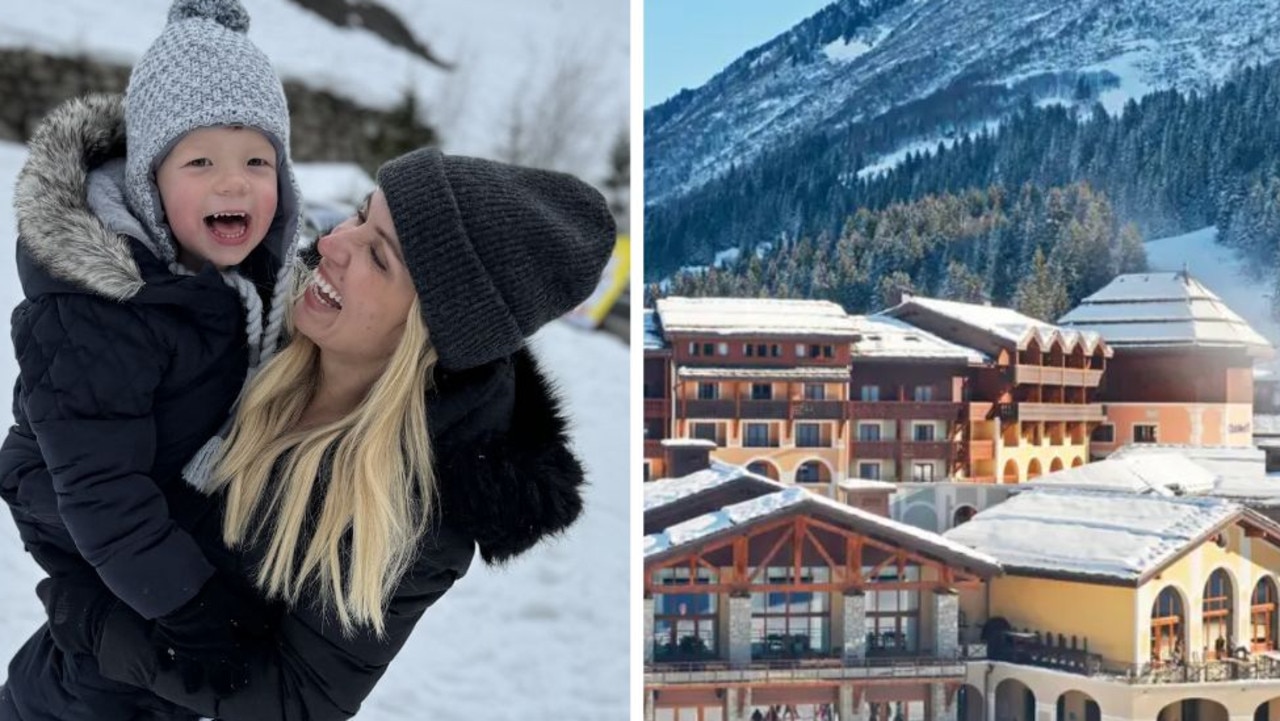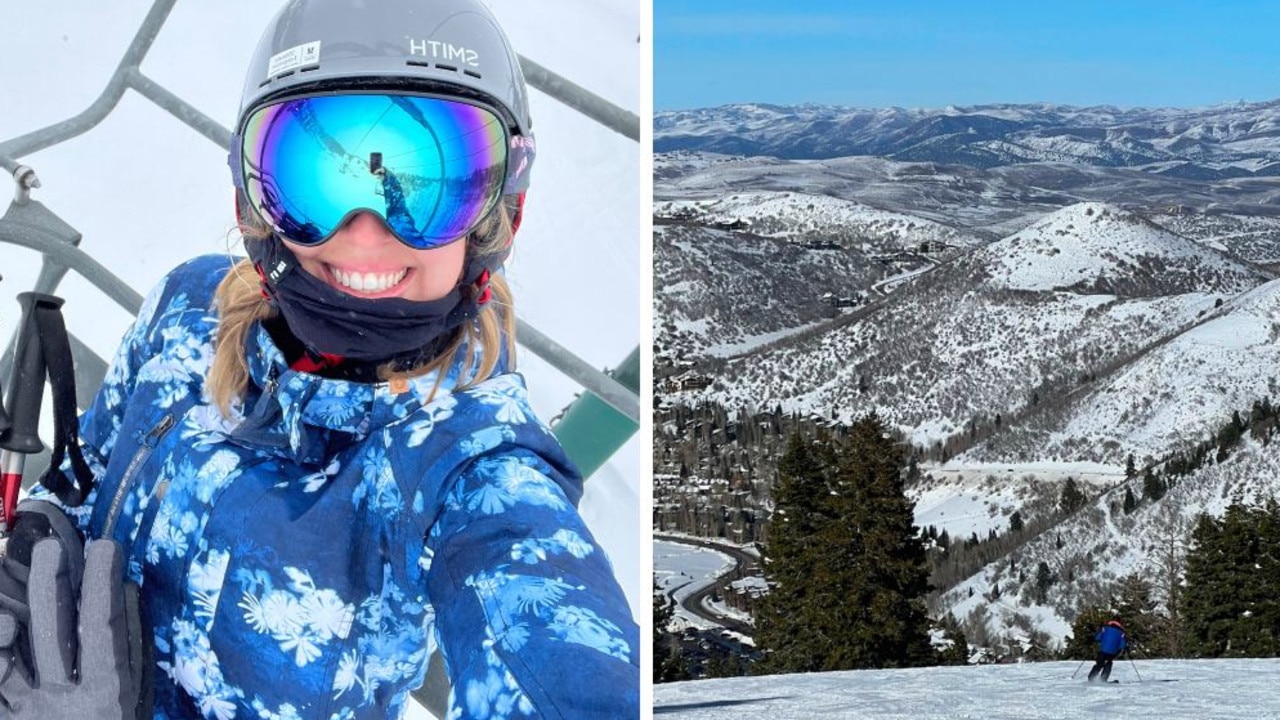These mistakes will cost you big time this ski season
If you thought taking a ski trip this winter would be cheap, think again. These mistakes will cost you dearly, but here’s how to avoid them.
Huge snowfalls have finally created sensational skiing conditions across Australia’s ski fields — yet while this won’t change the fact ski resorts rank among the world’s most expensive destinations, that’s no reason to let them suck your wallet dry.
Avoiding high-cost traps in buying everything from lift tickets to lodging simply means tweaking your trip with some insider advice.
RELATED: How to get to the snow for cheap this season
RELATED: Highs and lows of the ski season
RELATED: Inside New Zealand’s quirkiest winter festival
LODGING: LAST-MINUTE STRATEGIES
Finding reasonably priced ski resort lodging midwinter is hard enough let alone straight after the snowfall of the season.
But it’s not entirely impossible: simply adhere to the golden words “early bird” and “share”.
Lower “early bird” rates tend to apply to bookings made seven or more days out, while the more people you bunk down with the cheaper your rate. For instance, share with six of your closest friends and pay as little as $63 a night at The Station Resort in Jindabyne. Or take advantage of stay and ski packages, such as Thredbo’s lowest priced on-snow deal starting at $162per person per night with a lift pass thrown in. Kids’ ski-free deals are great value too.
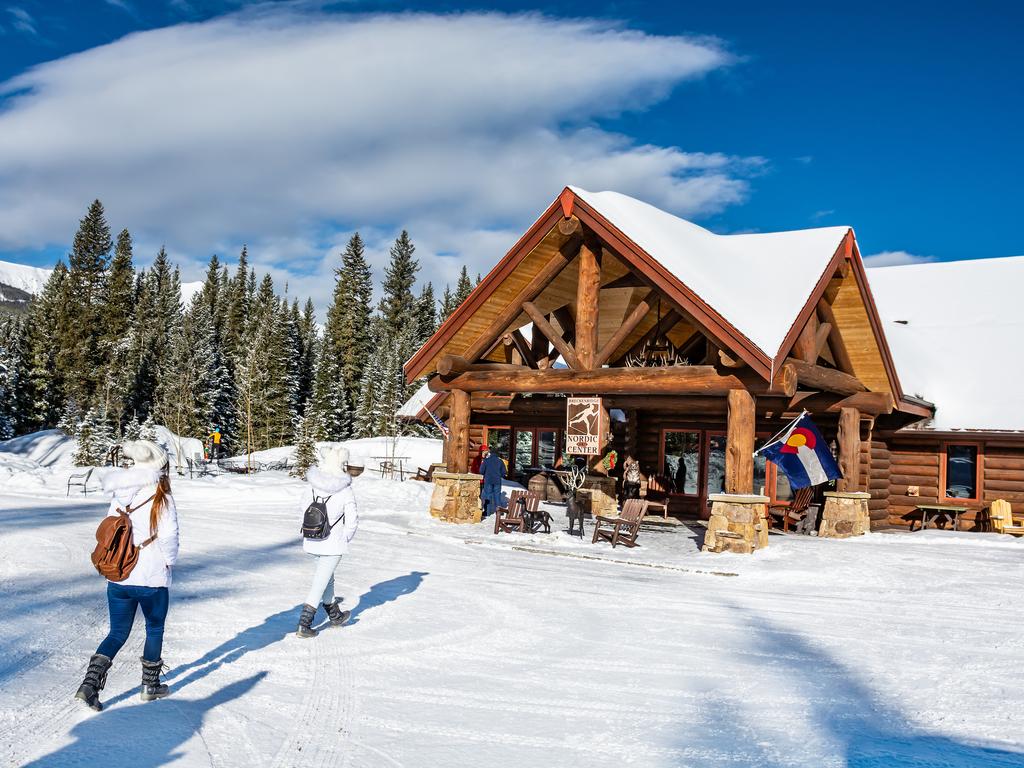
Still can’t find a reasonable place to sleep yet dying to go skiing?
Use a little ingenuity. It can be the next best and least expensive way forward.
“If you can’t get into a commercial ski lodge or find a bed when you want to go skiing then ring the private clubs,” advises 20-year-plus ski veteran Chris Thompson, a member at one of Thredbo’s many private lodges. “We had a bedroom empty last night, and if someone had contacted us we would have said yes.”
Rates will be on the lower side, around the $100 mark, with the trade-off usually being a few house rules. “You can’t just roll in, make a mess and leave,” Mr Thompson says. “If you’re going to find your way into a non-commercial lodge you often have to cater for yourself, and even when meals are provided, you’ll have to clear your own plates and maybe do some cleaning or vacuuming.”
Private lodges also generally require guests to provide their own bed linen and often refuse the use of sleeping bags. “They (sleeping bags) tend to be good breeding grounds for bed bugs,” Mr Thompson explains.
Finally, if you can wait until September and especially the first weeks of October, prices across the board will be lower as spring deals kick in.
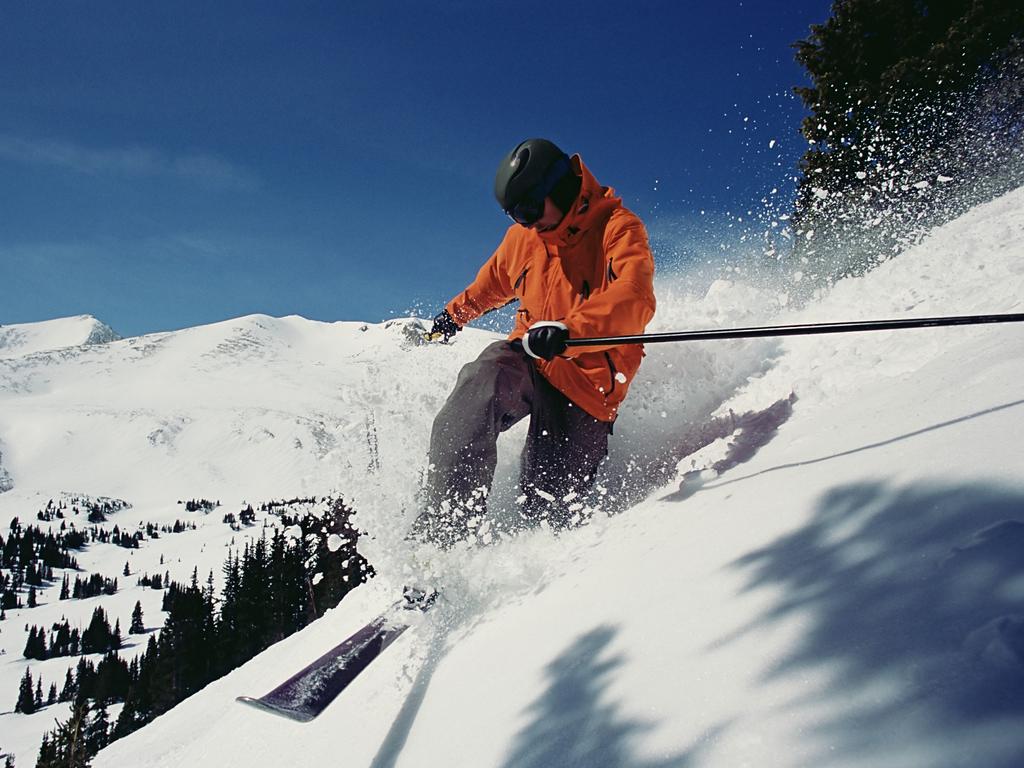
BRAVE THE COLD AND CAMP
Slash serious dollars off a ski trip by camping. At around $50 a night for a site, an initial outlay for the right gear like tents and sleeping bags designed for subzero temperatures is a no-brainer for anyone serious about saving money.
Among places to stay overnight in the great wintry outdoors are Sawpit Creek on the Kosciusko Road leading to Perisher and, on the Alpine Way to Thredbo, The Diggings and Ngargigo (more information at nationalparks.nsw.gov.au/visit-a-park/parks/kosciuszko-national-park). Jindabyne also has a well-patronised caravan park (nrmaparksandresorts.com.au/jindabyne/).

NEVER BUY A SINGLE DAY-LIFT PASS
Rocking up to a lift ticket counter and asking for a one-day lift ticket this season will set you back $160 at Perisher and about $150 at Thredbo.
This, of course, is why hardly anyone ever does. But believe it or not, people still get caught every season.
What they should have done is visit their chosen resort’s website and bought the best multi-day pass for their stay.
Dedicated skiers who ski both here and overseas will already know about the exceptional value of buying one of the multi-resort passes that now exist.
These offer truly unbeatable value, with free and/or discounted lift passes at top Australasian and northern hemisphere resorts: Epic Australia Pass (locally, Perisher, Falls Creek and Hotham), Mountain Collective (Thredbo, Mt Buller) and Ikon Pass (Thredbo, Mt Buller) are your best bets.
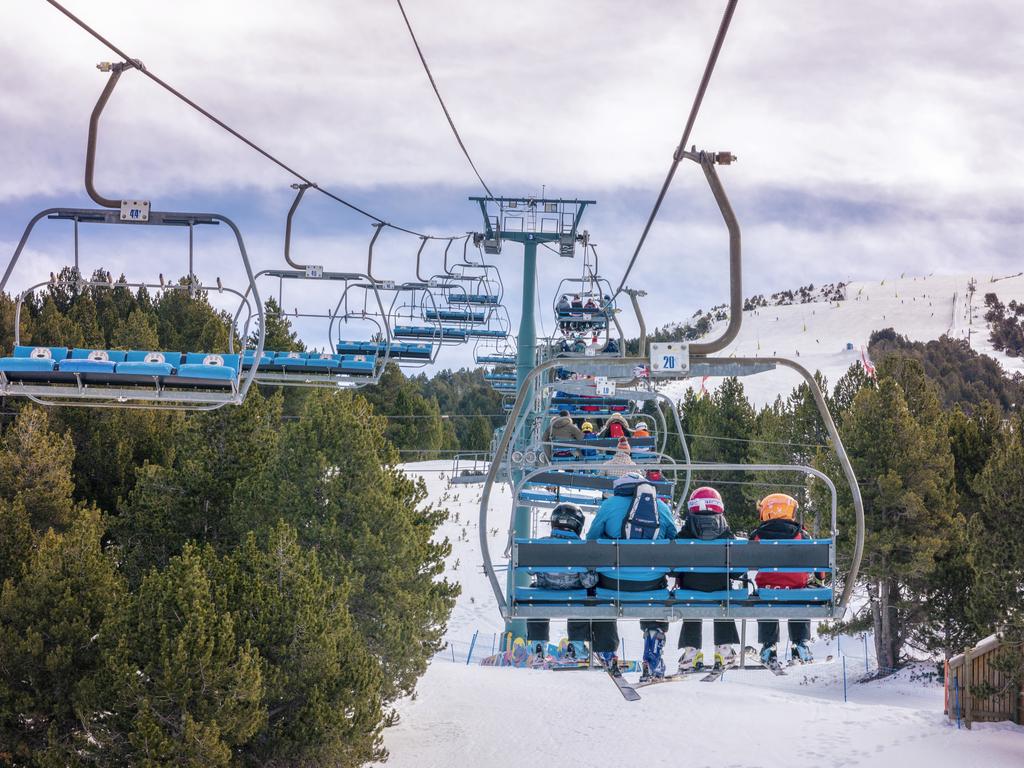
FILL YOUR TANK (AND ESKY) EARLY
As you ascend into the mountains you will notice petrol prices coming along for the ride too.
Minimise the pain of refuelling at higher costs en route by starting off with a full tank from your favourite low-cost station near home.
At all costs, avoid falling into the situation of being forced to fill up in a ski resort where fuel charges can be eye-watering.
The same rule applies to alcohol — stock up before you leave or be at the mercy of resort bottle shops where selections are minimal and prices at a maximum.
STUFF A BACKPACK …
… with everything you want to eat and drink during the day. With on-mountain cafes (not restaurants, mind you) charging sky-high prices this season — think, $15 for a bowl of potato wedges(!), $5 for a cup of coffee, ($6 for a large), $14 a cup of soup, and $8 for hot chocolate with marshmallows and cream — it only makes sense.
To be fair, ski-resort food has come a long way. These days hearty, delicious snacks and meals are par for the course and serving sizes are often generous enough to share.
But no matter how many meals, drinks and soups you split, packing your own for even a day or two can easily save a few hundred dollars.
On good days, take your backpack picnic to a sunny spot up high, or when proximity permits, retreat back to the car or ski lodge for lunch.

COPY A CAMEL
Avoid wasting precious on-snow time by bringing your own water, the best option being a backpack fitted with a bladder and drinking tube so you can drink on the go.
Fortunately, most on-mountain cafes and restaurants provide drinking fountains nowadays compared with only a few years ago when skiers were forced to pay for bottled water.
If you must buy bottled water expect to pay about $4 to $6 and almost $7 for a sports drink.
Bronwen Gora is a freelance writer. Continue the conversation @BronwenGora


